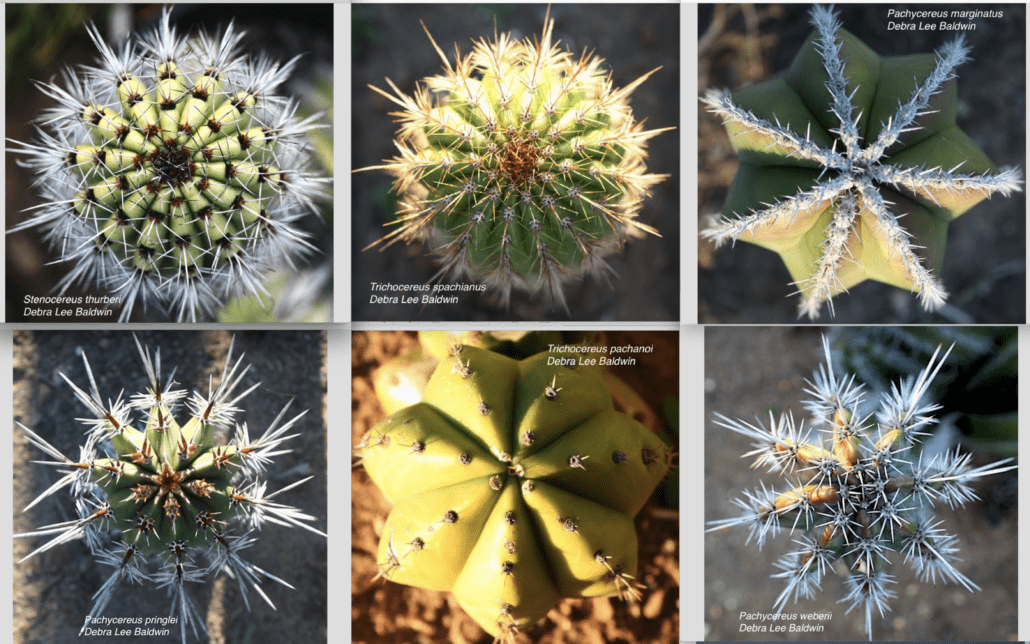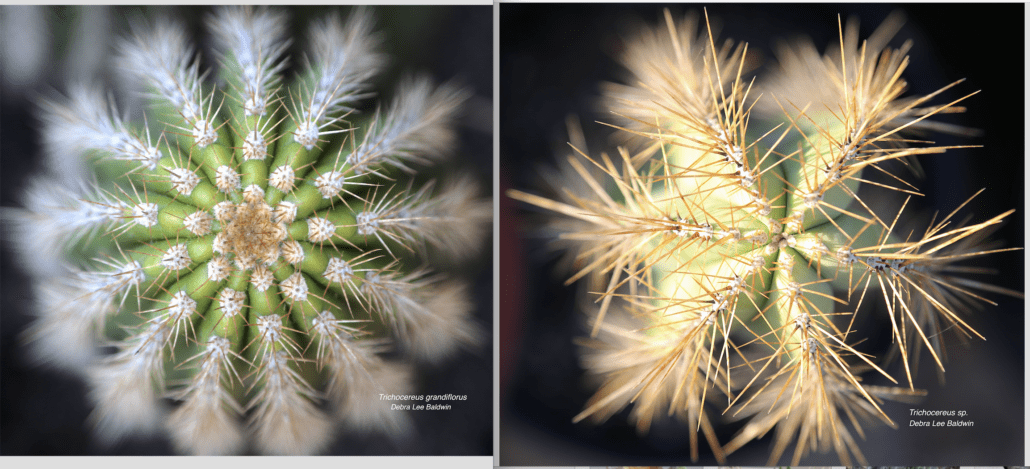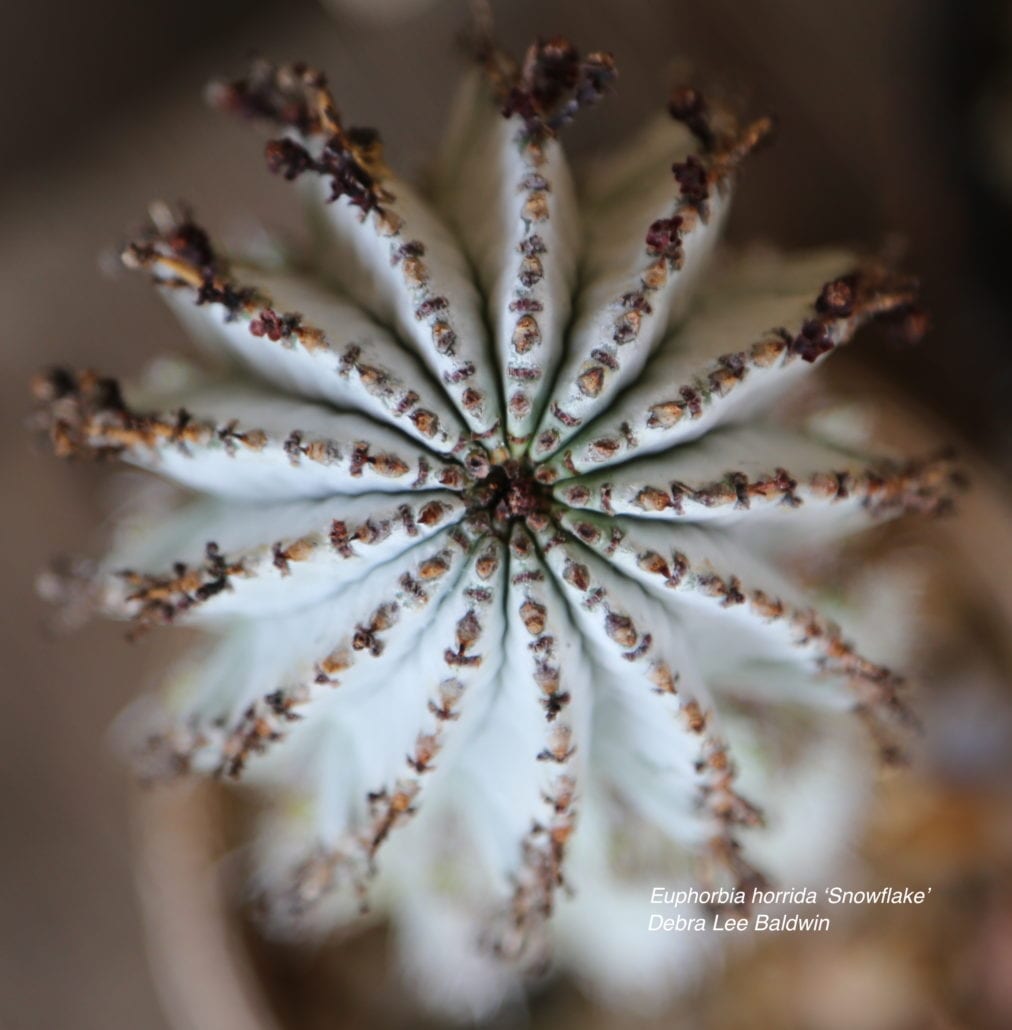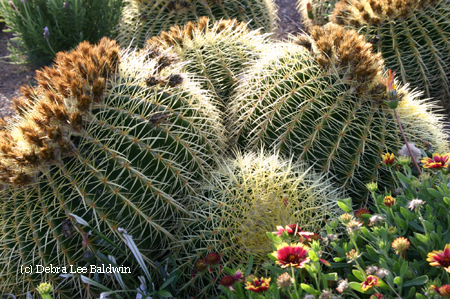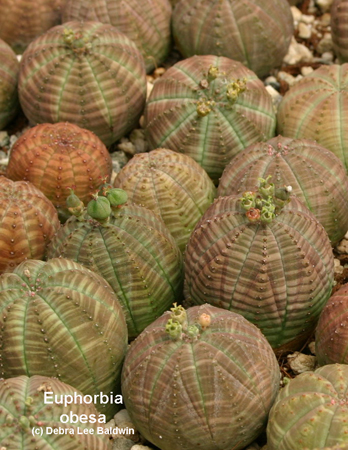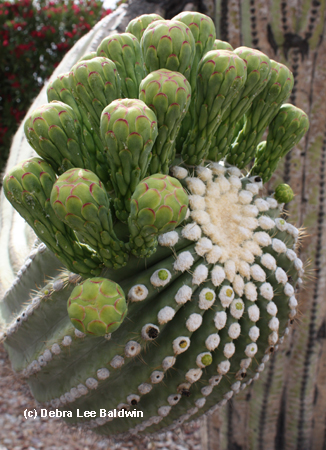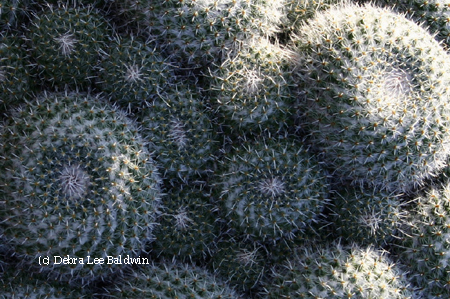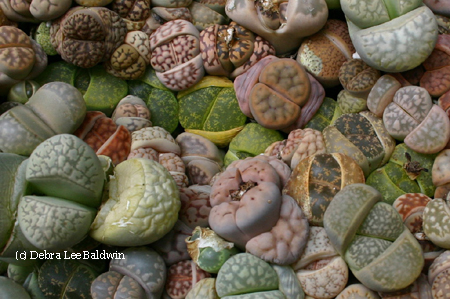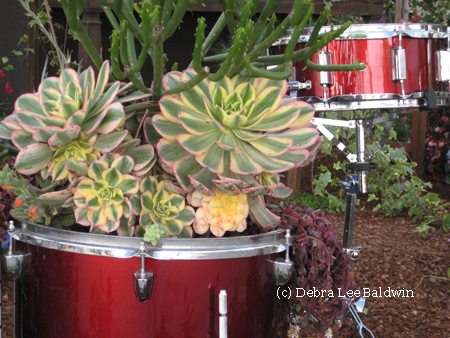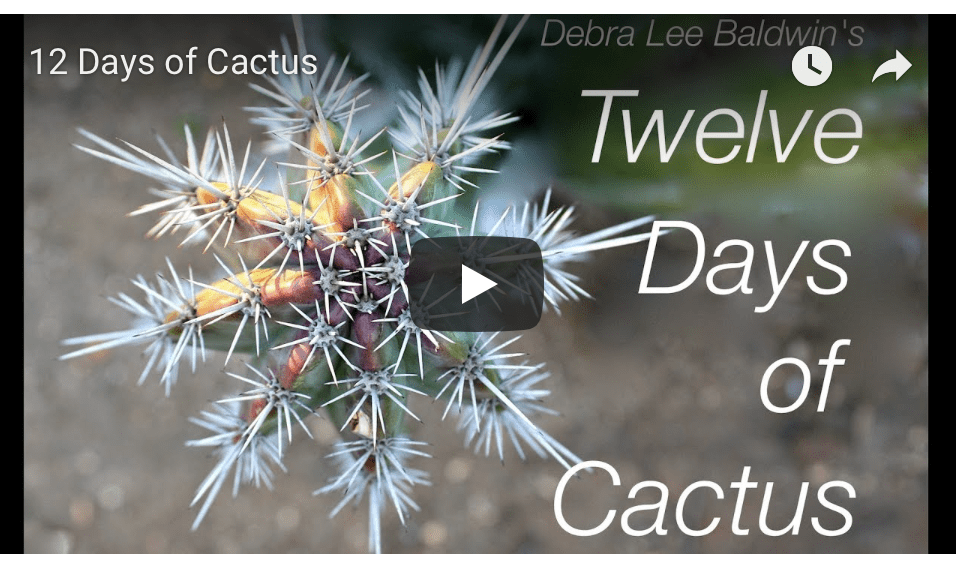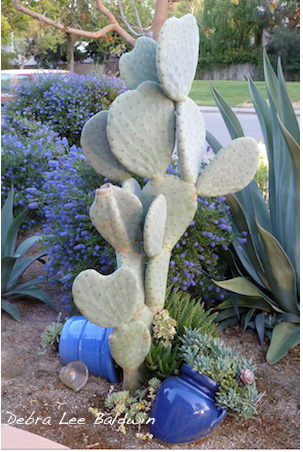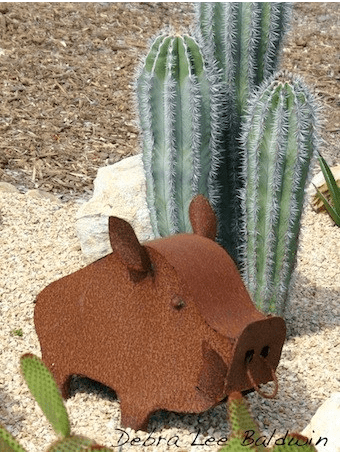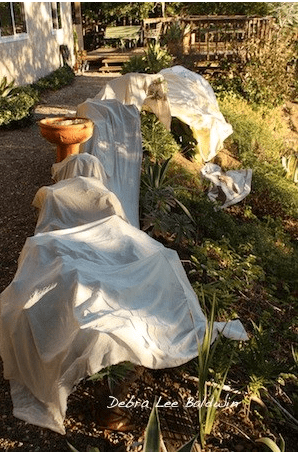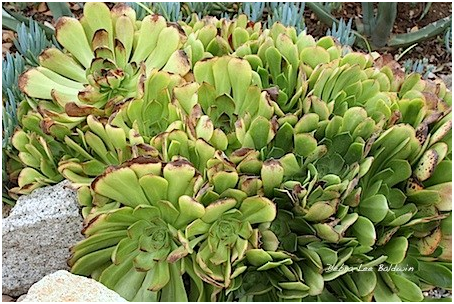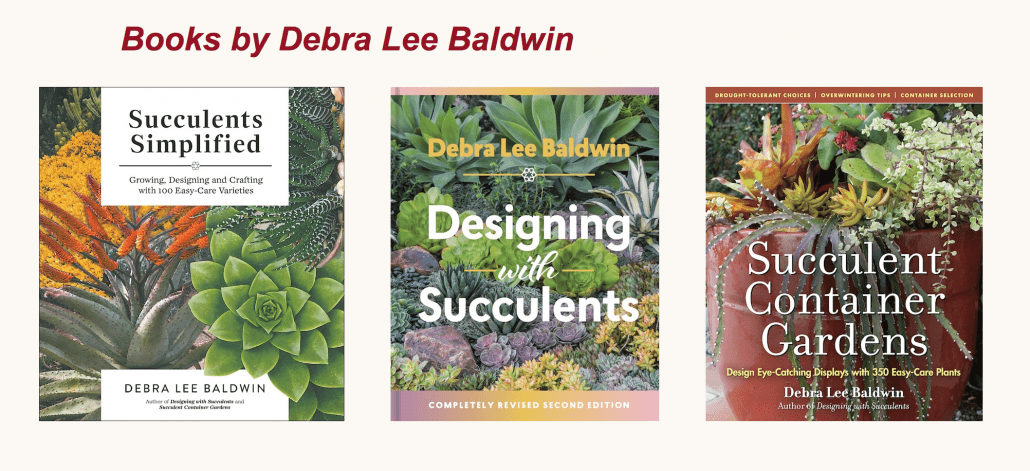Remarkably, the spination of certain cacti suggest snowflakes, something I first noticed years ago at a succulent specialty nursery. I was there to photograph aloes in bloom, but I’d come too early in the season. I thought of leaving, and I’m so glad I didn’t! That afternoon forever changed my view of cacti.
There were a lot of columnar (ceroid) varieties shaped like fire hydrants and baseball bats, all with tapered tips. I looked down on one, was intrigued by how lower spines framed upper ones, and took a photo. Wow! I took many more. When the images appeared later in the Los Angeles Times, editors prefaced my photo essay with: “We thought we’d share our version of snowflakes with readers in colder climes.”
I hope you’ll hunt for succulent snowflakes in your own garden or cactus collection. I know that when I find one, it’s a delightful surprise. Now, for your enjoyment, here are a few of mine:
Do check for cactus snowflakes the next time you visit a nursery, too. It’s a paradox worth savoring: Spines on hefty desert plants resemble delicate, geometric ice crystals. To capture them with your camera, simply hold the lens horizontally above the plants.
P.S. If you search online for “cactus snowflake,” you’ll get images of succulents that look like cacti but aren’t. They’re Euphorbia polygona, the green form and silvery gray ‘Snowflake’…which has been renamed “Euphorbia horrida ‘Snowflake’. But as you can see, there’s nothing horrid about it!
Related info on this site:
Enjoy my article on succulents with spiral patterns: Many cacti and succulents form geometric spirals similar to those of sunflowers, pine cones and nautilus shells. Spiral leaf arrangements funnel rain to roots, and keep upper leaves from…[Continue reading].
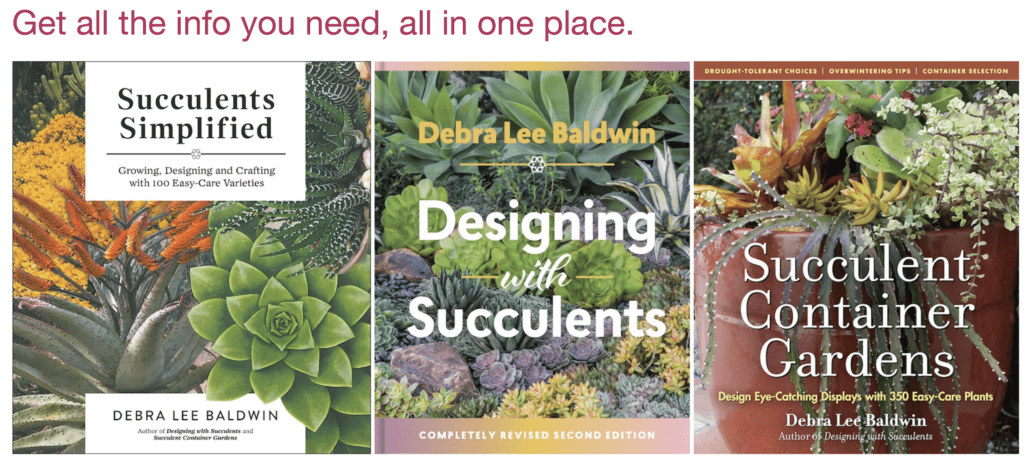
The post Why Cactus Snowflakes Are Worth Seeking appeared first on Succulent Design in Gardens, Containers, More.
from Succulent Design in Gardens, Containers, More https://ift.tt/2G9QVCY
via IFTTT

